Rolls-Royce Vs General Electric Engines: What Are The Key Differences? Click here.
Menu
Rolls-Royce Vs General Electric Engines: What Are The Key Differences?

The United Kingdom's Rolls-Royce and the United States' GE Aerospace (formerly General Electric) are currently the only two companies making engines for modern widebody commercial aircraft. Pratt & Whitney has the ability to make engines for widebody aircraft, and its engines power various older aircraft. However, Pratt & Whitney has stepped back from making widebody engines and is focusing on narrowbody engines. France's Safran is in a joint venture with GE Aerospace to make CFM International LEAP narrowbody engines.
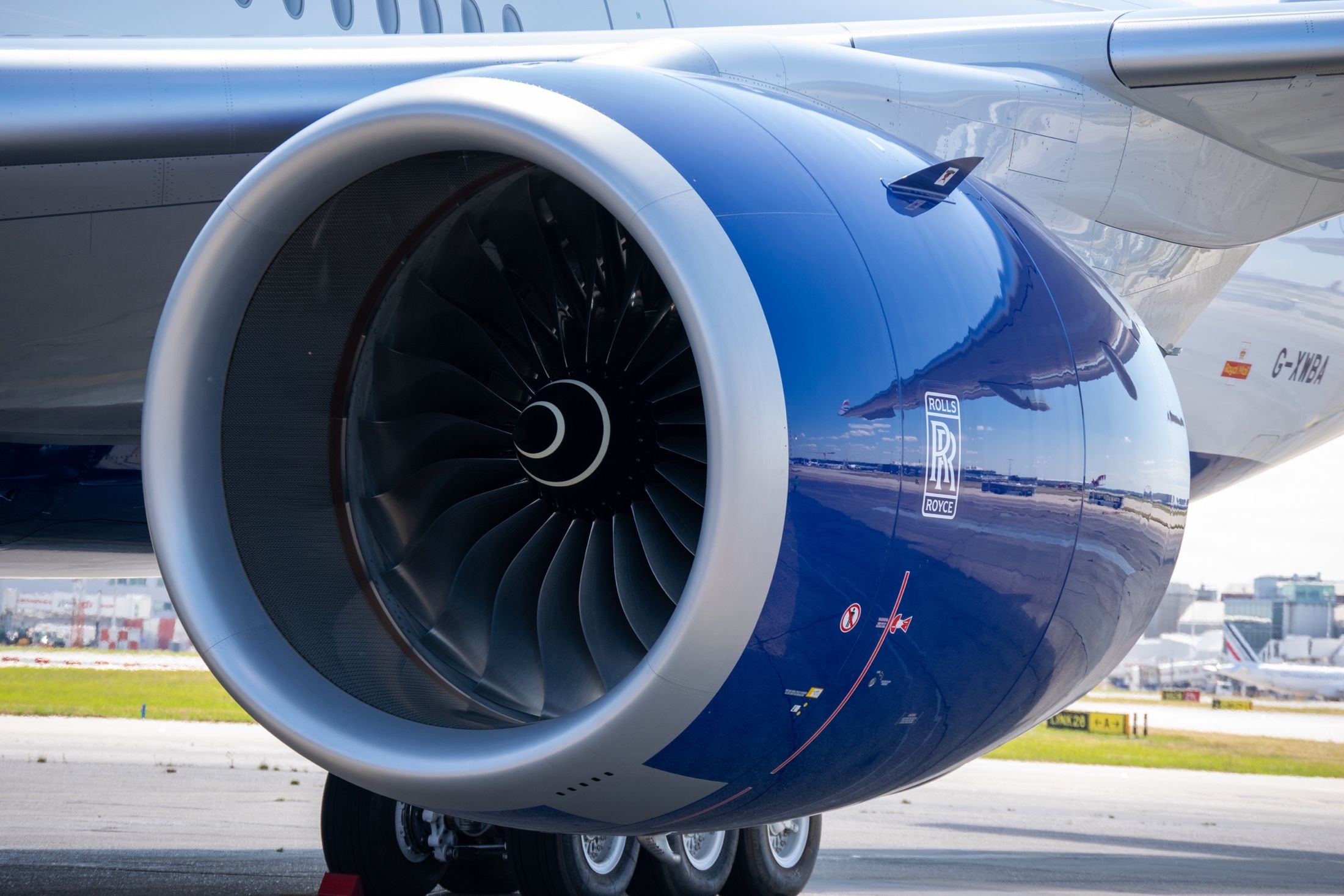
Rolls-Royce
- Stock Code
- RR
- Business Type
- Engine Maker
- Date Founded
- March 15, 1906
- CEO
- Tufan Erginbilgic
- Headquarters Location
- London, United Kingdom
- Key Product Lines
- Trent Engine, Pearl Engine
All widebody commercial aircraft on order have either Rolls-Royce or GE Aerospace engines. The Rolls-Royce Trent X exclusively powers the Airbus A350, while the GE-9X exclusively powers the upcoming Boeing 777X. Here is what to know about the engines produced by GE Aerospace and Rolls-Royce.
Widebody Aircraft Engines
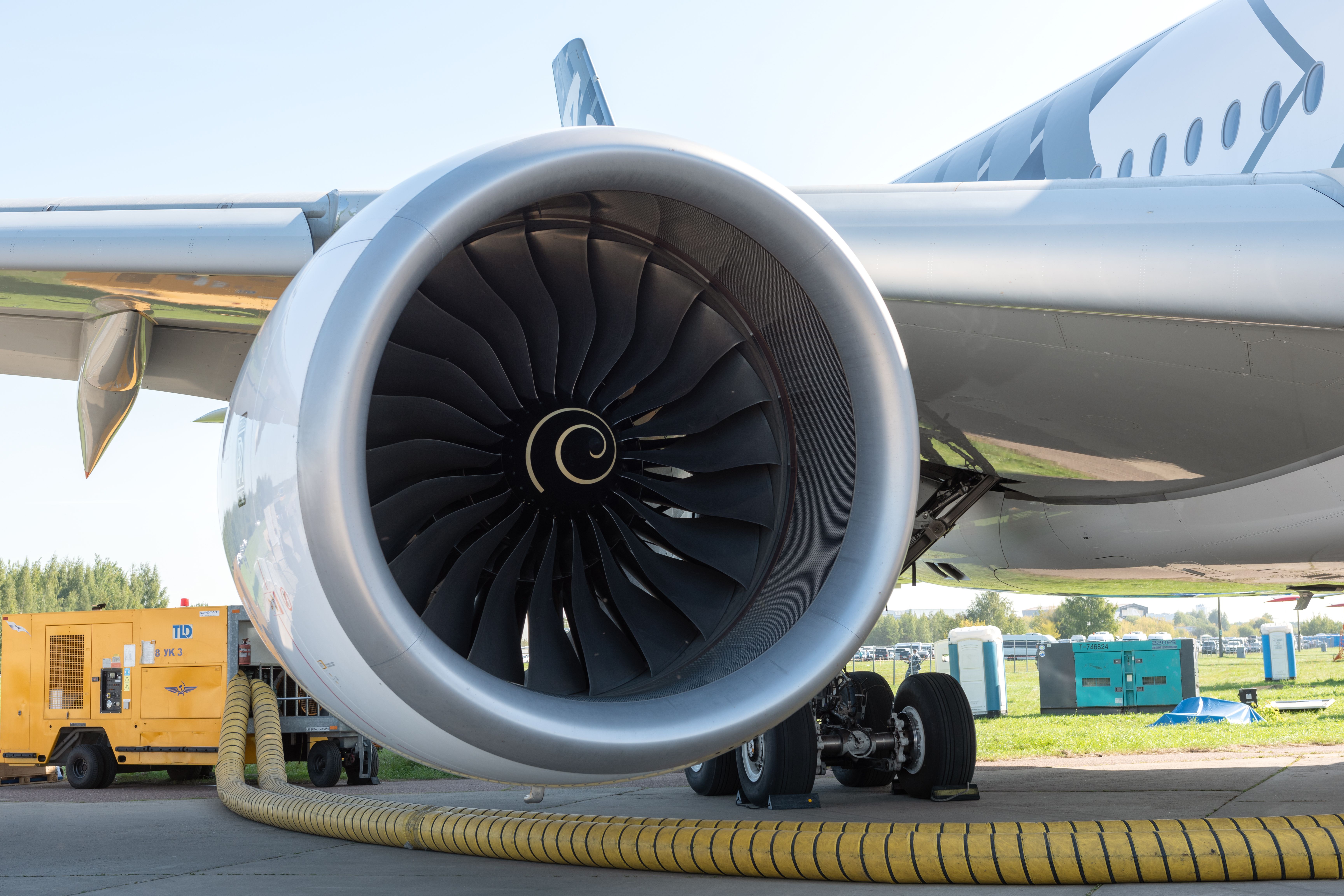
Rolls-Royce engines exclusively power the Airbus A330neo (Rolls-Royce Trent 7000) and the Airbus A350 family (Rolls-Royce Trent XWB) of widebody commercial aircraft. This means that all Airbus widebody aircraft currently in production are exclusively powered by Rolls-Royce engines. The Rolls-Royce Trent 1000 is also one of the two options for the Boeing 787 Dreamliner family.
Meanwhile, GE engines power most Boeing widebodies. The General Electric GE-9X will exclusively power the upcoming Boeing 777X, with a thrust of 134,300 lbs. These are set to be the largest and most powerful commercial engines ever built. The remaining previous-generation 777s are all to be delivered with the General Electric GE90. The final 777-300ER passenger jet may have been delivered in 2024, although Boeing has five more orders for the 777-300ER on the books for Pakistan International Airlines. It seems unlikely these -300ERs will ever be delivered. The remaining 78 aircraft are all for the 777F variant.
When it comes to the Boeing 787, the General Electric GEnx-1B is by far the most popular option for the Boeing Dreamliner. Finally, Boeing has 104 orders for the Boeing 767 left on the books. Deliveries of passenger 767s ended many years ago, and the remaining Boeing 767s are freighters and military aerial refueling variants. The 33 remaining freighters are to be delivered with the GE CF6 engine, while the 71 military aerial refuelers are coming with the Pratt & Whitney PW4000.
Rolls-Royce's Troubled Trent 1000
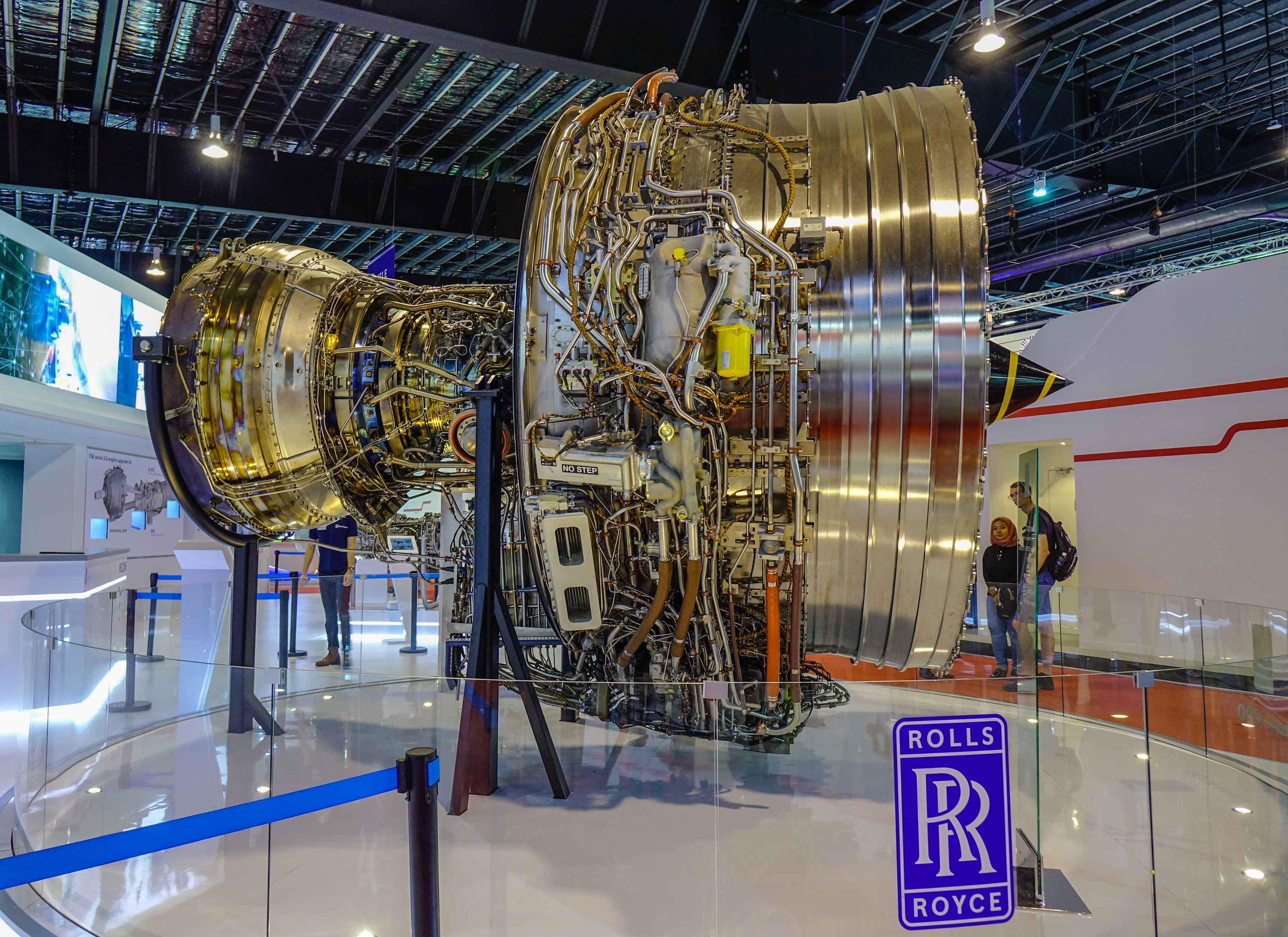
Both GE Aerospace and Rolls-Royce make some of the world's most advanced engines. Regarding the two Boeing 787 engines, the fan diameter of the Trent 1000 engine is 112 inches and has a bypass ratio of 10:1, while the GE engine is 111.1 inches and has a bypass ratio of 8.0-9.0 at takeoff. The Trent 1000 boasts the highest bypass ratio of any Trent engine. However, Rolls-Royce has had a bad run with the Dreamliner.
In 2016, the Trent 1000 was found to have a corrosion-related issue causing fatigue cracking on intermediate-pressure turbine blades. The incident resulted in up to 44 aircraft being grounded and cost Rolls-Royce at least $1.5 billion to remedy the issue. Before 2016, the Trent 1000 accounted for 640 of the known engine orders, while the GEnx-1B was ahead at 886. Since then, known engine orders have heavily favored the GEnx-1B, with just 96 Dreamliners selected with the Trent 1000 and 640 for the GEnx-1B.
Widebody aircraft in production: | Engine options |
|---|---|
Airbus A330neo: | Rolls-Royce Trent 7000 |
Airbus A350: | Rolls-Royce Trent XWB |
Boeing 767: | General Electric CF6 (freighters) and Pratt & Whitney PW4000 (military) |
Boeing 777/777X: | General Electric GE90 (777F)/General Electric GE9X (777X) |
Boeing 787 Dreamliner: | Rolls-Royce Trent 100 or General Electric GEnx-1B |
Rolls-Royce accounts for 12% of the overall commercial passenger jet engine market, while GE has a 55% market share (including its co-produced engines with Safran). Around 33% of all widebody commercial aircraft flying today are powered by Rolls-Royce, while the company has secured 46% of all widebody aircraft on order. Meanwhile, GE engines account for around 52% of widebody commercial engines currently in service and GE has secured 54% of the engines specified for new widebody orders.
GE Aerospace Also Makes Narrowbody Engines
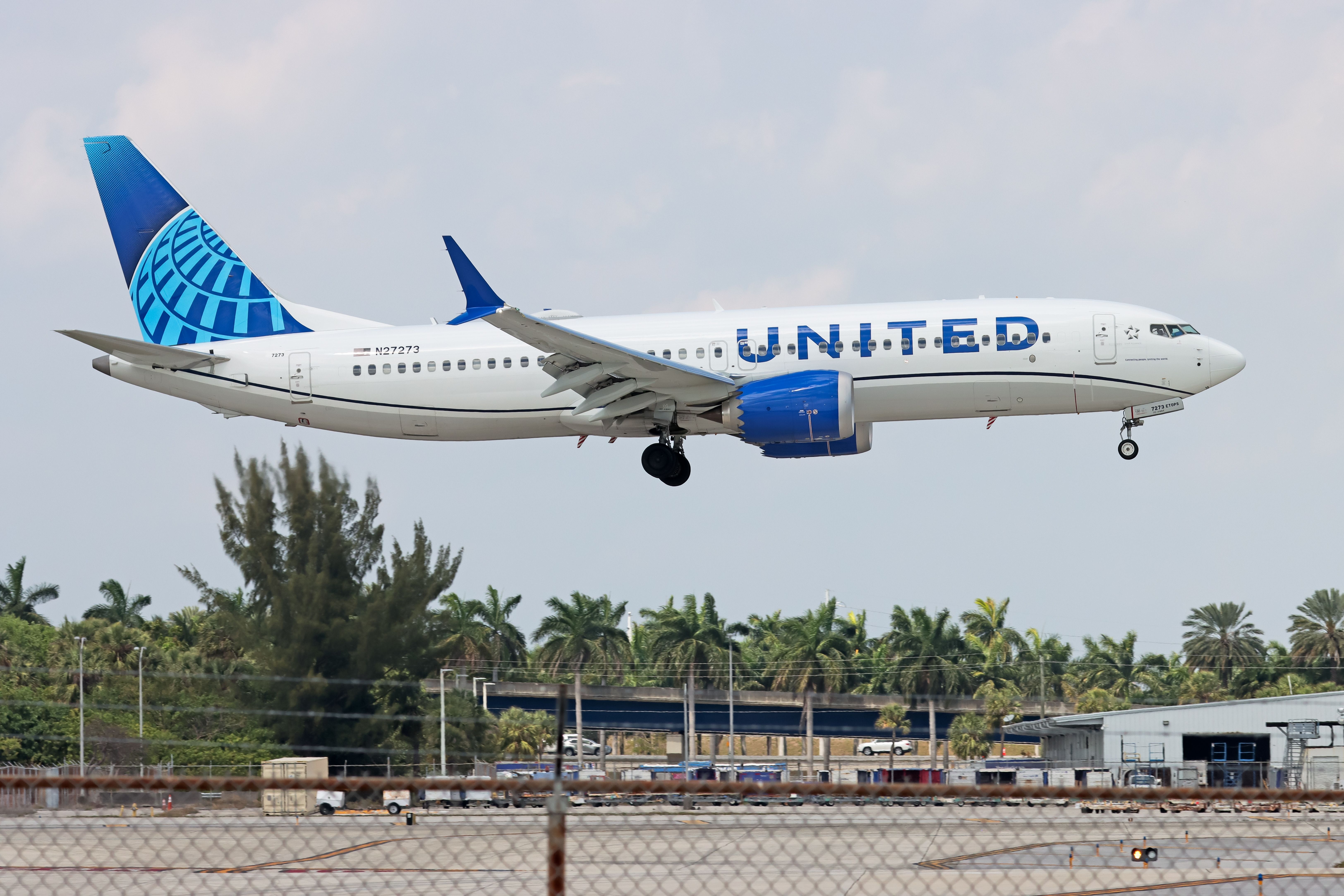
Rolls-Royce doesn't currently make engines for narrowbody aircraft, although it has signaled it could return to the market in the future. GE Aerospace, on the other hand, dominates the market. Instead of competing with Rolls-Royce, GE competes with Pratt & Whitney and partners with France's Safran.
GE Aerospace is in a 50/50 joint venture with Safran, producing the CFM International LEAP family of narrowbody engines. LEAP-1B from CFM International exclusively powers the popular Boeing 737 MAX family of aircraft, with LEAP variants also exclusively powering China's new narrowbody COMAC C919.
Narrowbody aircraft in production: | Engine options: |
|---|---|
Airbus A220: | Pratt & Whitney PW1500G |
Airbus A320neo: | Pratt & Whitney PW1500G & CFM International LEAP |
Boeing 737 MAX: | CFM International LEAP |
COMAC C919: | CFM International LEAP |
Embraer E-Jets: | General Electric CF34 |
The Airbus A320neo family of narrowbodies is powered by either the CFM International LEAP-1A or Pratt & Whitney PW1100G. The Airbus A220 is powered by the Pratt & Whitney PW1500G. The PW1100G has around 51% of the A320neo engine market, although it's unclear if recent engine issues will make airlines turn to the LEAP engine, like how they largely abandoned the Trent 1000 with the Boeing 787.
GE & RR Engines Also Power Naval Ships
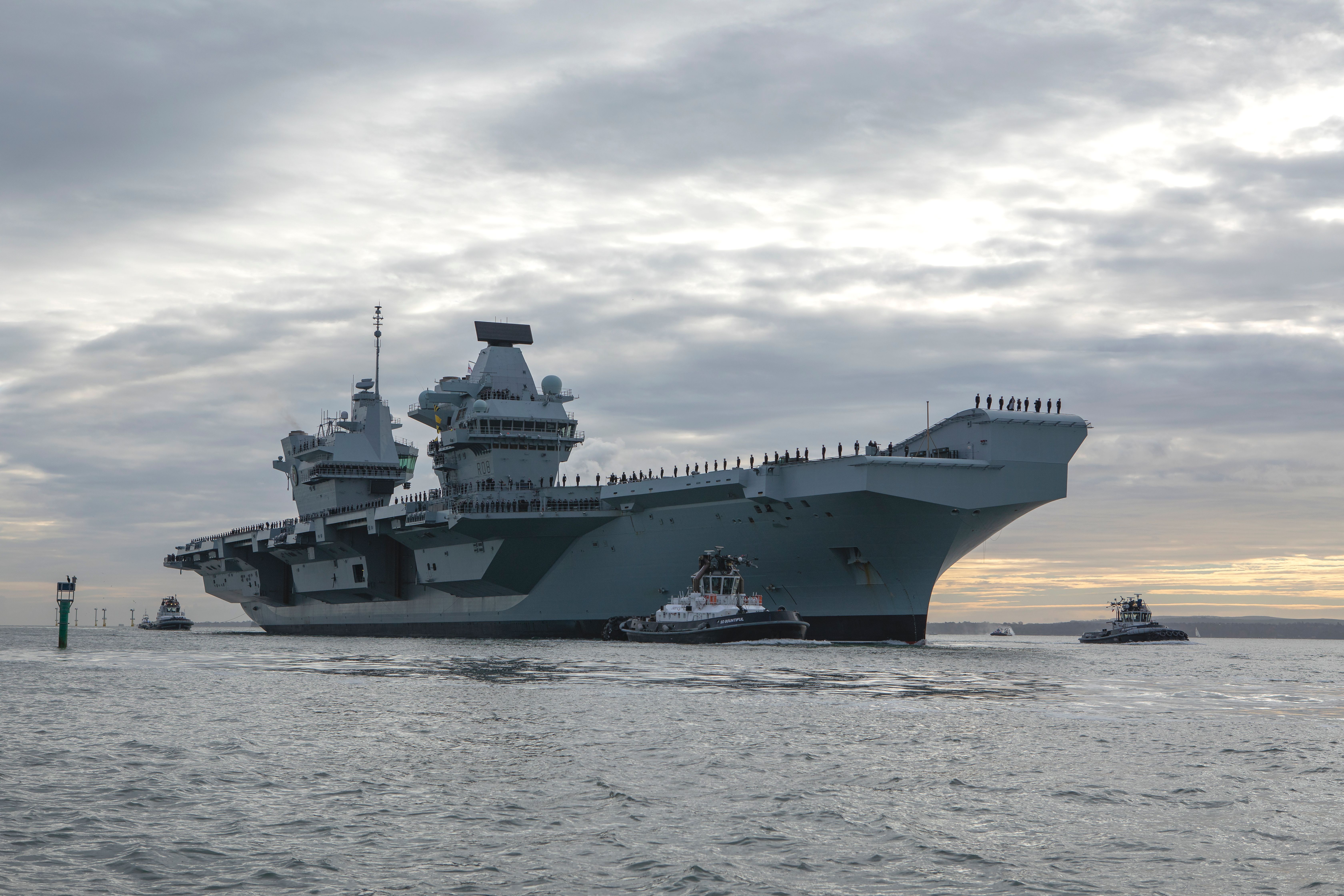
Interestingly, GE GF6 (which powers the Boeing 767 and other aircraft) is also the engine that powers most of the US and US-allied and partnered navy ships around the world. The naval variant is the LM2500 maritime gas turbine engine and is also used for many industrial uses, from powering microgrids to the oil and gas industry. The GF6, as the LM2500 variant, powers around 28 classes of frigates, 11 classes of destroyers, five classes of aircraft carriers, four classes of amphibious assault ships, cruise ships, and the Queen Mary 2 ocean liner.
The GF6 family of engines is the longest-running jet engine program in the history of commercial aviation. It first entered service in 1971, and the CF6-80C2 remains in production today. In the US Navy, it powers the small Independence-class littoral combat ships through to the America-class amphibious assault ship. In the Air Force, the General Electric F138-100 variant of the GF6 powers the C-5M Super Galaxy military transport, which is the largest aircraft in the US Air Force.
Meanwhile, Rolls-Royce has adapted the Trent 800 for naval use as the Rolls-Royce MT30. The Trent 800 was originally designed to power the Boeing 777. While much less common than the LM2500, it also powers many Royal Navy, US Navy, and other warships. The gas turbine engine powers the Royal Navy's Queen Elizabeth-class aircraft carriers, the Type 26 frigate (with Australian and Canadian variants), the US Zumwalt class destroyer, the Freedom-class littoral combat ship, and various other South Korean, Italian, and Japanese warships.
UltraFan, The World's Largest Jet Engine
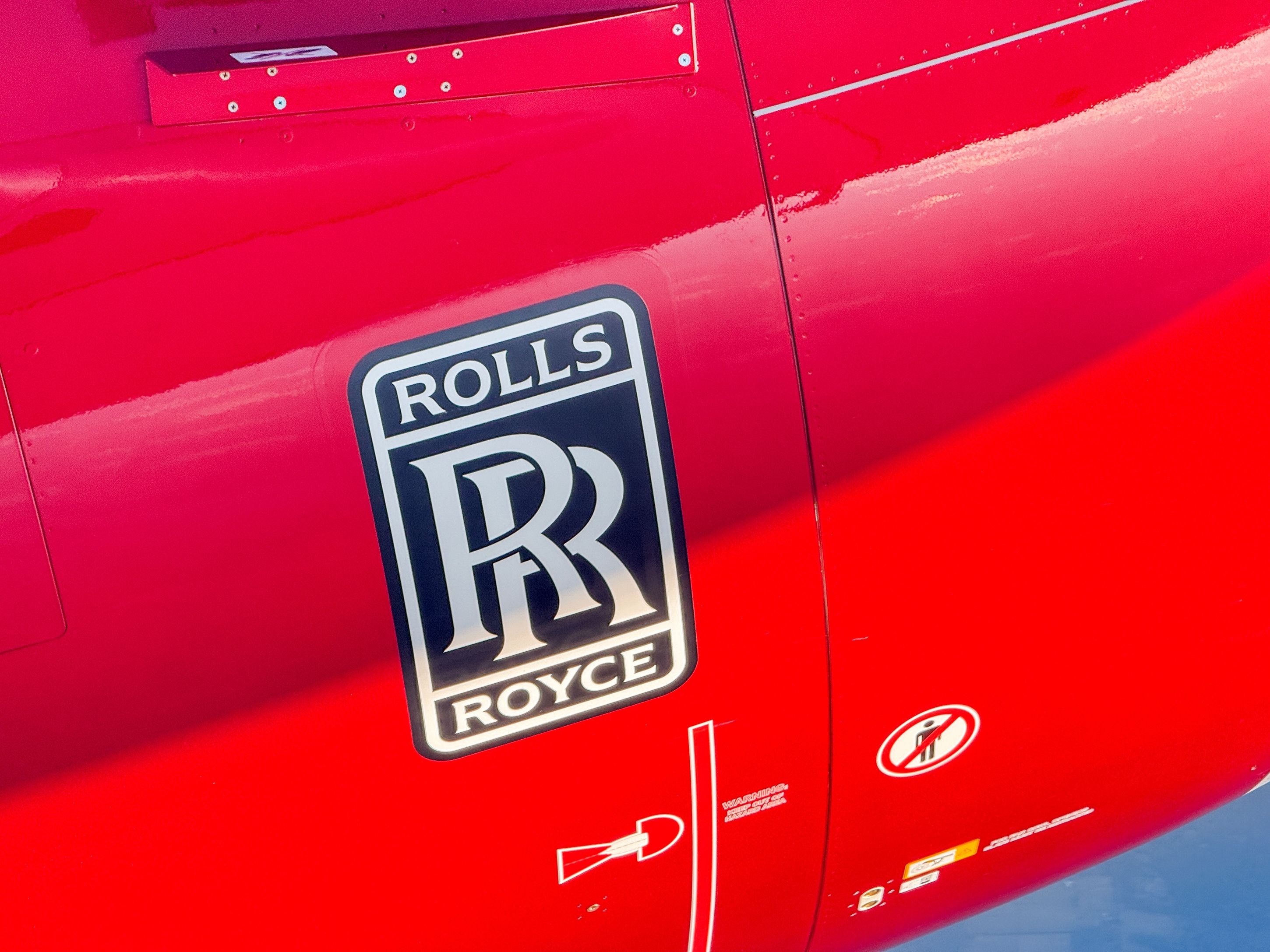
Rolls-Royce has built the giant demonstrator aero engine, UltraFan. The engine is testing and developing a suite of new technologies that promise to deliver fuel efficiency. This massive demonstrator has a 140" fan diameter, with Rolls-Royce saying the large fan and relatively small core are key to its efficiency. The demonstrator has been run at full power, generating over 85,000 lbs of thrust.
UltraFan promises at least 25% efficiency improvement over the "first generation of the Trent engine." It aims to achieve a 15:1 bypass ratio and a 70:1 overall pressure ratio. Rolls-Royce is using carbon composite fan blades instead of the normal hollow titanium blades. Overall, RR is planning to reduce the weight by 750 lbs per engine. While UltraFan is a demonstrator, Rolls-Royce says some of its technologies can be applied to current in-service Trent engines to enable them to achieve a greater efficiency in the nearer term.
Rolls-Royce UltraFan: | |
|---|---|
First run: | 2016 |
Promised efficiencies: | At least 25% |
Weight savings: | 750 lbs |
Fan diameter: | 140" |
It should also be noted that both Rolls-Royce and GE Aerospace are currently developing hybrid electric engines for smaller aircraft. GE Aerospace stated in 2024 that it's developing a hybrid electric demonstrator engine with NASA that "will embed electric motor/generators in a high-bypass commercial turbofan to supplement power during different phases of operation." Rolls-Royce says it is "Rolls-Royce is developing all-electric and hybrid-electric power and propulsion systems for the Advanced Air Mobility market."
The GE Aerospace & Rolls-Royce Duopoly
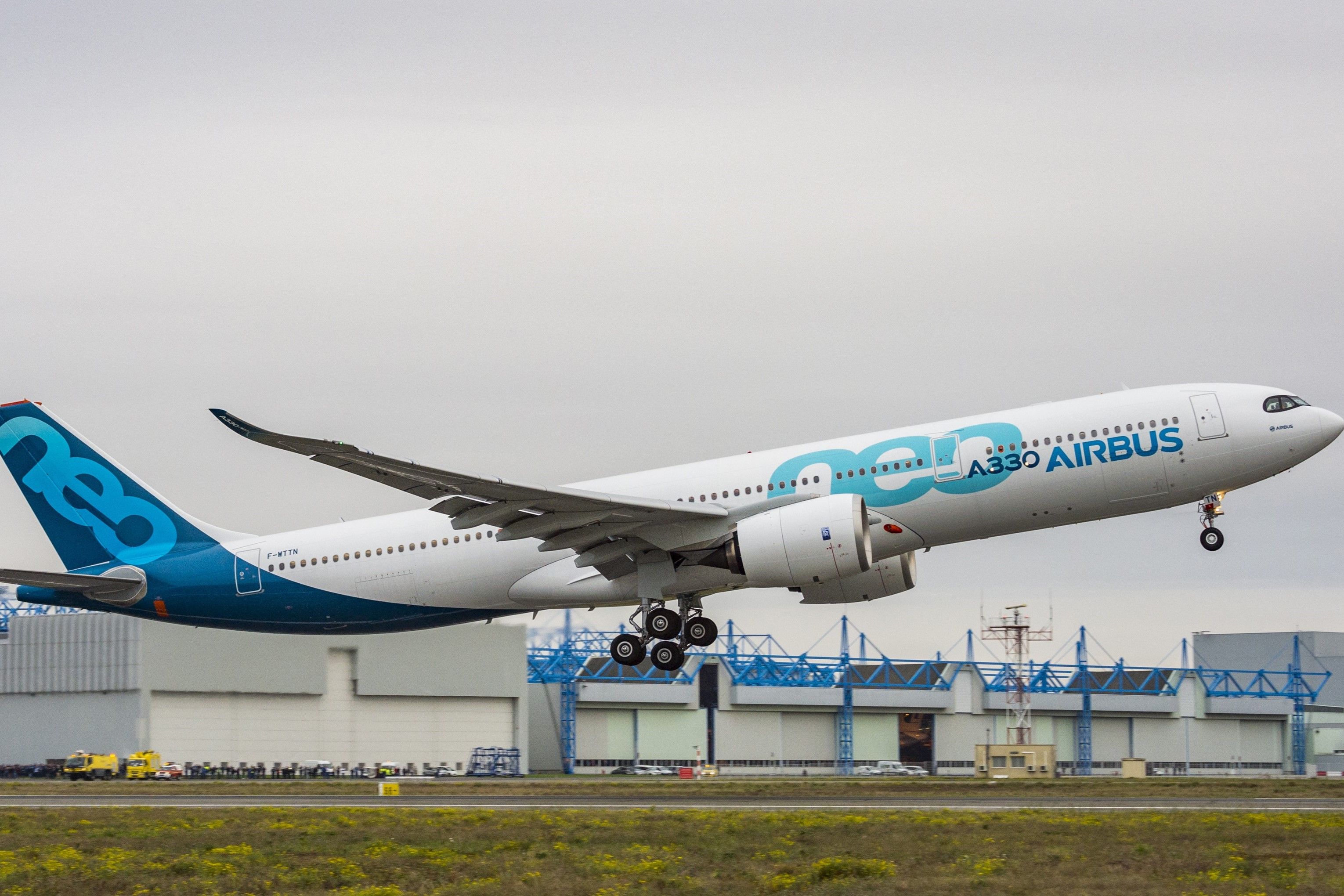
In summary, while GE Aerospace makes engines for both narrow and widebody aircraft, Rolls-Royce currently only produces commercial passenger engines for widebody aircraft. As Pratt & Whitney has backed out of the widebody engine market, these two companies currently have the world's widebody orders almost evenly split between them. Both have found naval applications for their aero engines.
With the cancellation of the A380 and the introduction of the A350 and the A330neo (new engine option), Rolls-Royce is now the only supplier of engines for Airbus' widebody aircraft. The A380 Superjumbo previously had a choice of Rolls-Royce Trent engines or the Engine Alliance GP7000, which was produced as a joint venture between GE and Pratt & Whitney.
As the previous-generation Boeing 777's production nears its end, only a limited number of P&W engines will be ordered by Boeing for its remaining military Boeing 767s. Additionally, the Rolls-Royce Trent 1000 has become an unpopular choice for the Boeing 787 Dreamliner. This means that GE Aerospace has become the de facto widebody engine supplier for Boeing widebody aircraft, at least, unless the Trent 1000 becomes a popular Dreamliner option once again.
- Get link
- X
- Other Apps



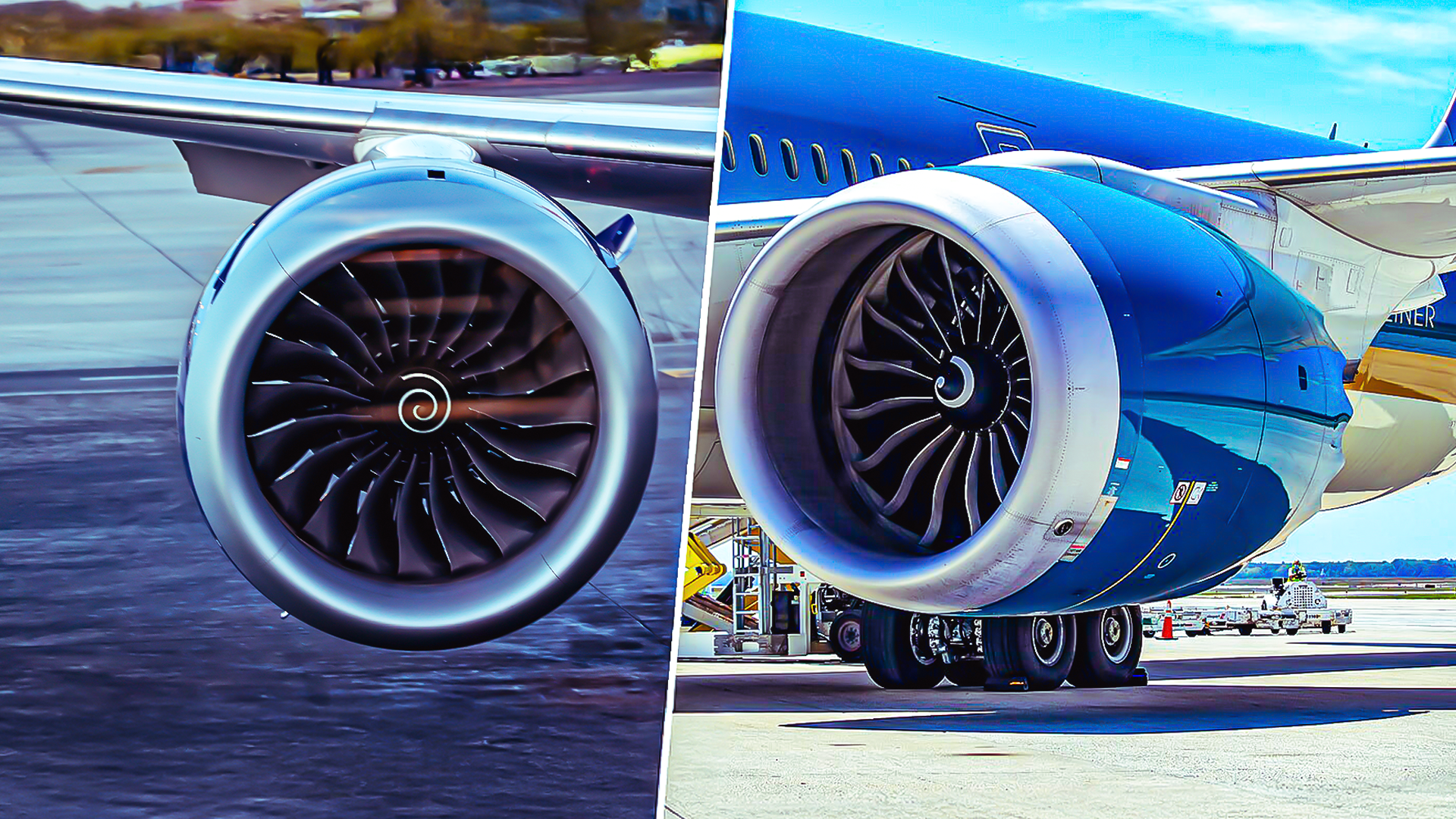
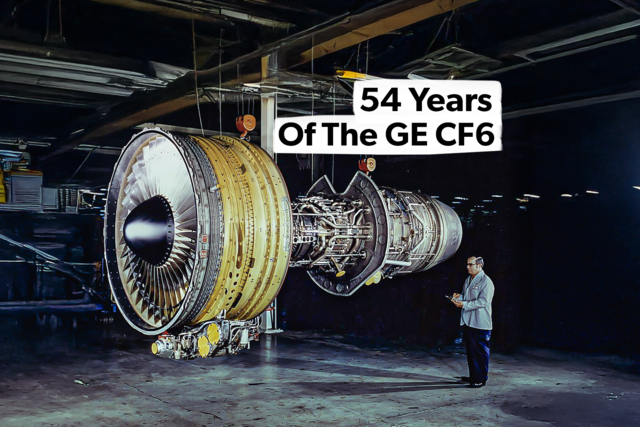
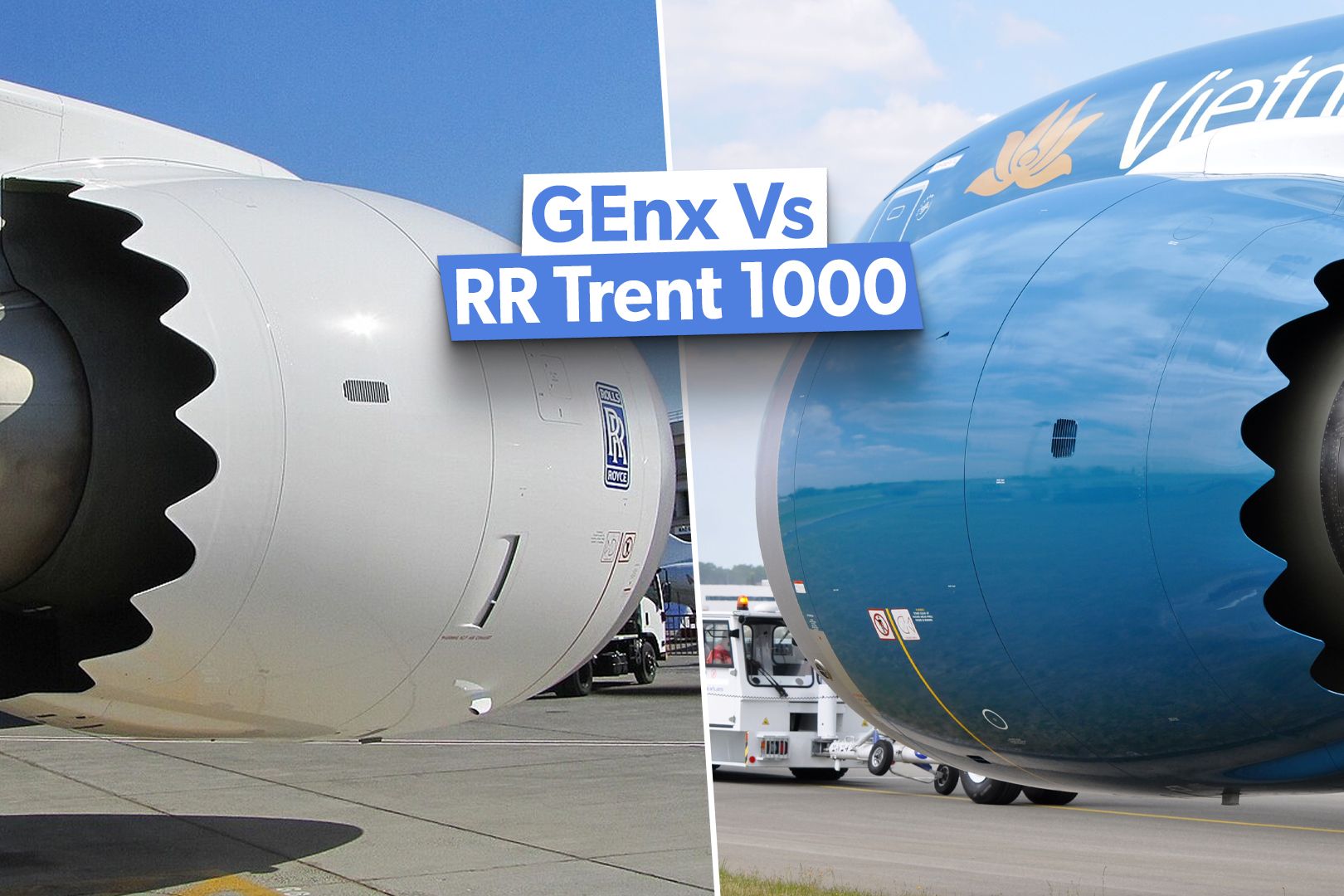
.jpeg)
Comments
Post a Comment